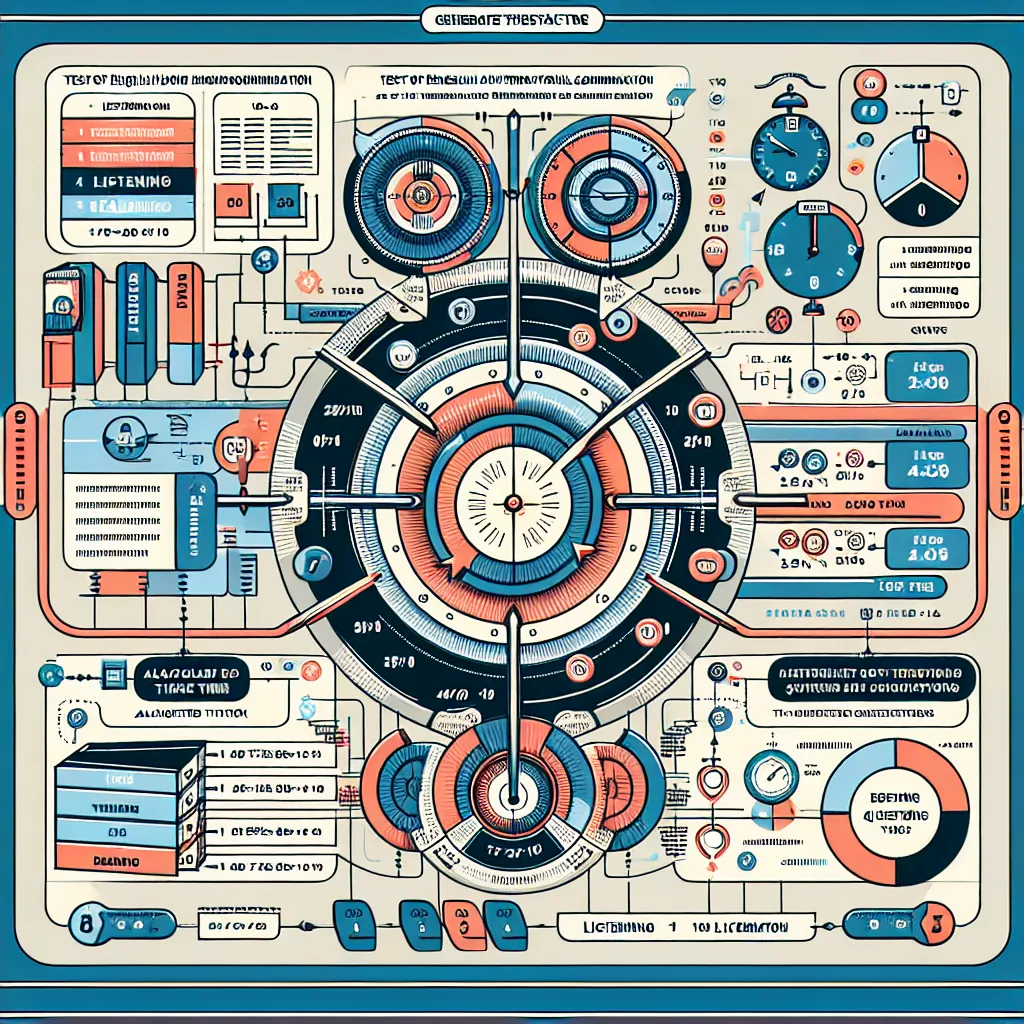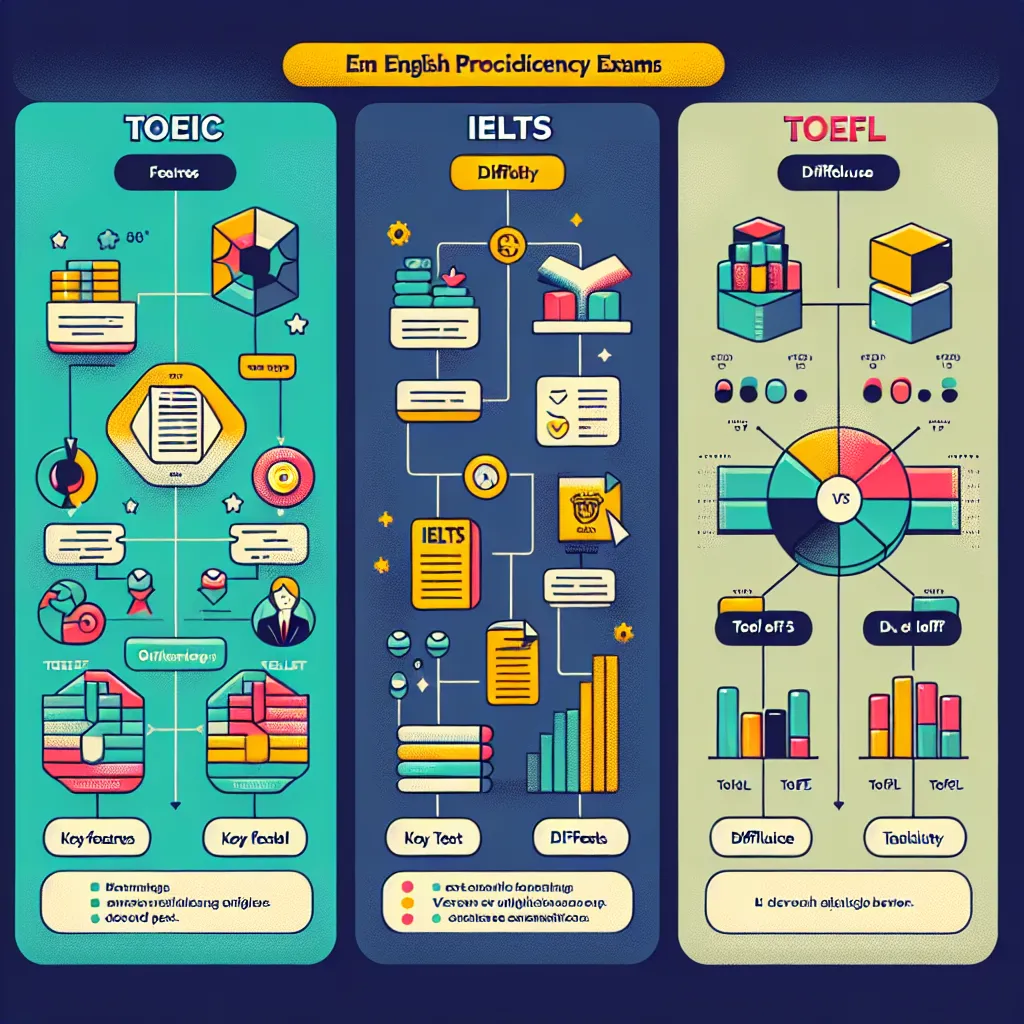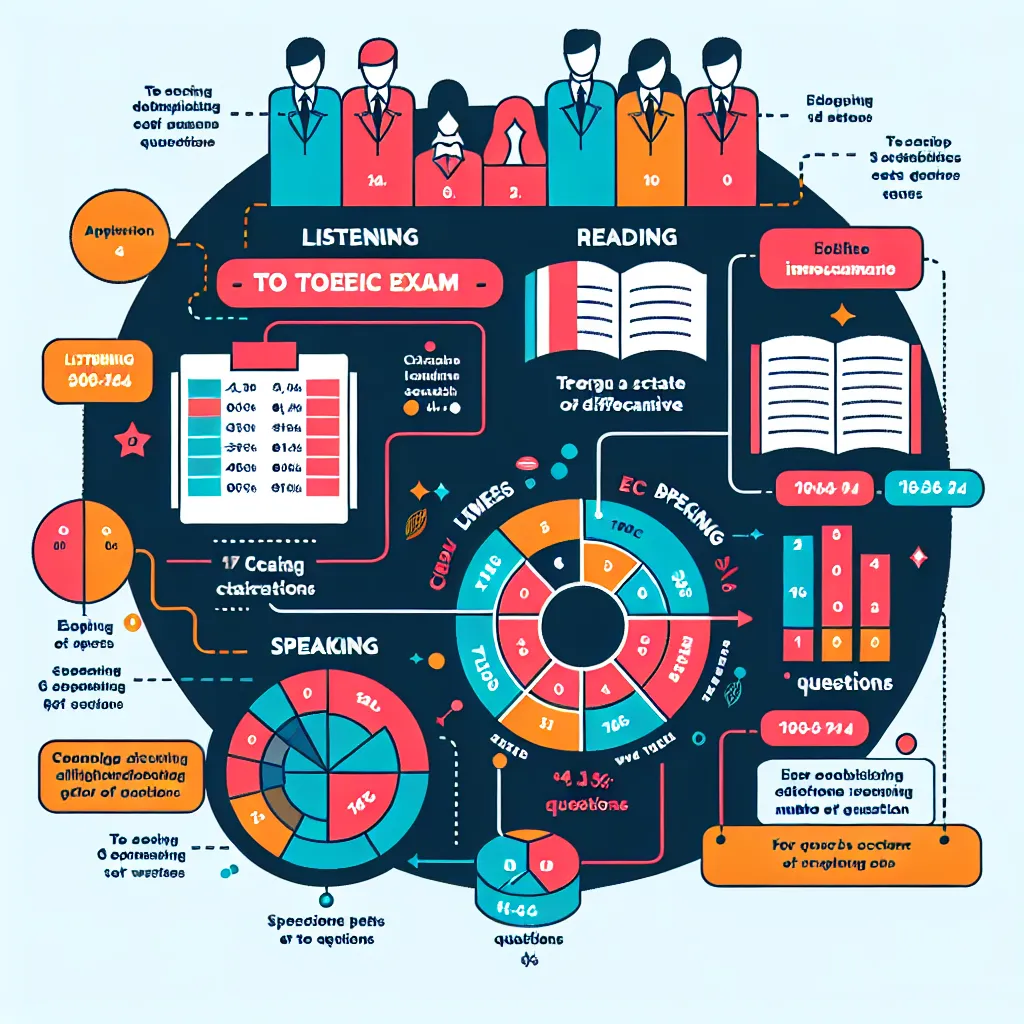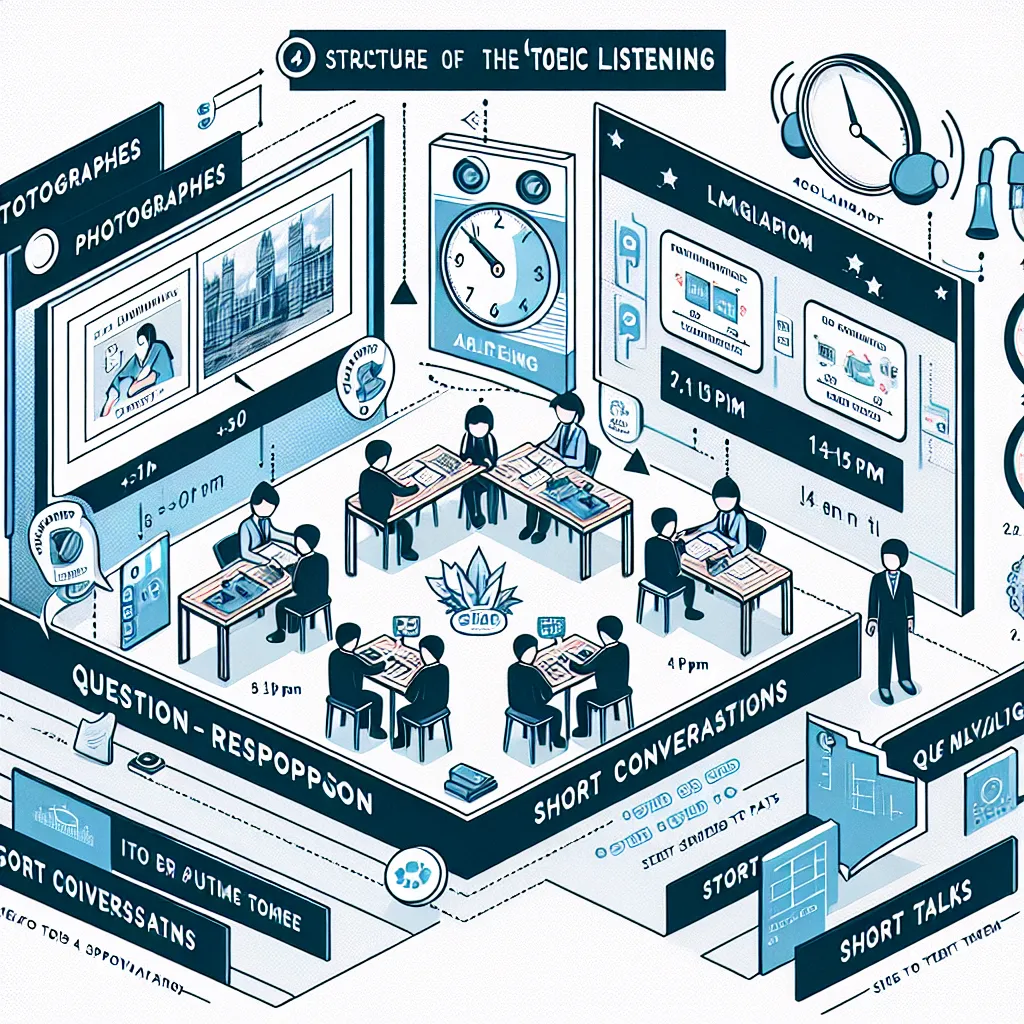Are you preparing for the TOEIC exam and wondering about its difficulty level? You’re not alone. Many test-takers find themselves asking, “How Difficult Is The TOEIC Exam?” In this comprehensive guide, we’ll explore the challenges of the TOEIC test and provide valuable insights to help you prepare effectively.
Understanding the TOEIC Exam
The Test of English for International Communication (TOEIC) is a standardized test designed to measure the everyday English skills of people working in an international environment. It consists of two main sections: Listening and Reading, each with 100 questions.
 TOEIC Exam Overview
TOEIC Exam Overview
Listening Section
The Listening section of the TOEIC exam is 45 minutes long and comprises four parts:
- Photographs (6 questions)
- Question-Response (25 questions)
- Short Conversations (39 questions)
- Short Talks (30 questions)
Reading Section
The Reading section lasts 75 minutes and is divided into three parts:
- Incomplete Sentences (40 questions)
- Text Completion (12 questions)
- Reading Comprehension (48 questions)
Factors Affecting TOEIC Difficulty
Several factors contribute to the perceived difficulty of the TOEIC exam:
- Time pressure
- Vocabulary range
- Listening comprehension skills
- Reading speed and comprehension
- Test-taking strategies
Let’s explore each of these factors in detail.
Time Pressure
One of the most challenging aspects of the TOEIC exam is managing your time effectively. With 200 questions to answer in 2 hours, you’ll need to work quickly and efficiently.
Tip: Practice timing yourself when taking mock tests to improve your speed and accuracy.
Vocabulary Range
The TOEIC exam tests a wide range of vocabulary, including business and workplace-related terms. A strong vocabulary is essential for success in both the Listening and Reading sections.
Tip: Build your vocabulary by reading business news articles, magazines, and professional publications regularly.
Listening Comprehension Skills
The Listening section can be particularly challenging for non-native English speakers. You’ll need to understand various accents, tones, and speaking speeds.
Tip: Expose yourself to diverse English accents by watching international news broadcasts, TED talks, and business-related podcasts.
Reading Speed and Comprehension
The Reading section requires you to quickly understand and analyze written texts. You’ll need to develop strategies for skimming and scanning to locate key information efficiently.
Tip: Practice active reading techniques and work on improving your reading speed without sacrificing comprehension.
Test-Taking Strategies
Knowing how to approach different question types and manage your time effectively can significantly impact your TOEIC score.
Tip: Familiarize yourself with the TOEIC question formats and develop strategies for each type of question.
Is the TOEIC Exam Harder Than Other English Tests?
Many test-takers wonder how the TOEIC exam compares to other English proficiency tests like IELTS or TOEFL. While each test has its unique challenges, the TOEIC exam is generally considered to be:
- More focused on business and workplace English
- Less academic in nature compared to IELTS or TOEFL
- Potentially easier for test-takers with work experience in English-speaking environments
However, the difficulty level can vary depending on your individual strengths and weaknesses in English.
 English Test Comparison
English Test Comparison
How to Prepare for the TOEIC Exam
To overcome the challenges of the TOEIC exam, consider the following preparation strategies:
-
Take practice tests: Familiarize yourself with the exam format and timing by taking full-length practice tests under timed conditions.
-
Improve your vocabulary: Focus on business and workplace-related vocabulary, as well as general English terms.
-
Enhance your listening skills: Listen to English news broadcasts, podcasts, and conversations regularly to improve your comprehension of various accents and speaking speeds.
-
Read extensively: Practice reading business articles, reports, and other professional texts to improve your reading speed and comprehension.
-
Develop test-taking strategies: Learn techniques for managing your time effectively and approaching different question types.
-
Enroll in a TOEIC preparation course: Consider taking a structured course to receive guidance from experienced instructors and benefit from targeted practice materials.
Common Mistakes to Avoid
When preparing for the TOEIC exam, be aware of these common pitfalls:
- Neglecting to practice time management
- Focusing solely on one section of the test
- Overlooking the importance of business-related vocabulary
- Failing to practice with authentic TOEIC materials
- Not developing effective test-taking strategies
Next Steps in Your TOEIC Journey
Now that you have a better understanding of the TOEIC exam’s difficulty and how to prepare for it, it’s time to take action:
- Assess your current English level with a diagnostic TOEIC practice test.
- Create a study plan based on your strengths and weaknesses.
- Gather high-quality TOEIC preparation materials and resources.
- Set realistic goals for your TOEIC score and create a timeline for achieving them.
- Consider joining a study group or finding a study partner to stay motivated and accountable.
Remember, while the TOEIC exam can be challenging, with the right preparation and mindset, you can achieve your desired score. Stay focused, practice regularly, and believe in your ability to succeed.
[internal_links]
Are you ready to take on the TOEIC exam challenge? Share your thoughts and experiences in the comments below, and don’t forget to check out our other articles on TOEIC preparation for more valuable tips and strategies.




